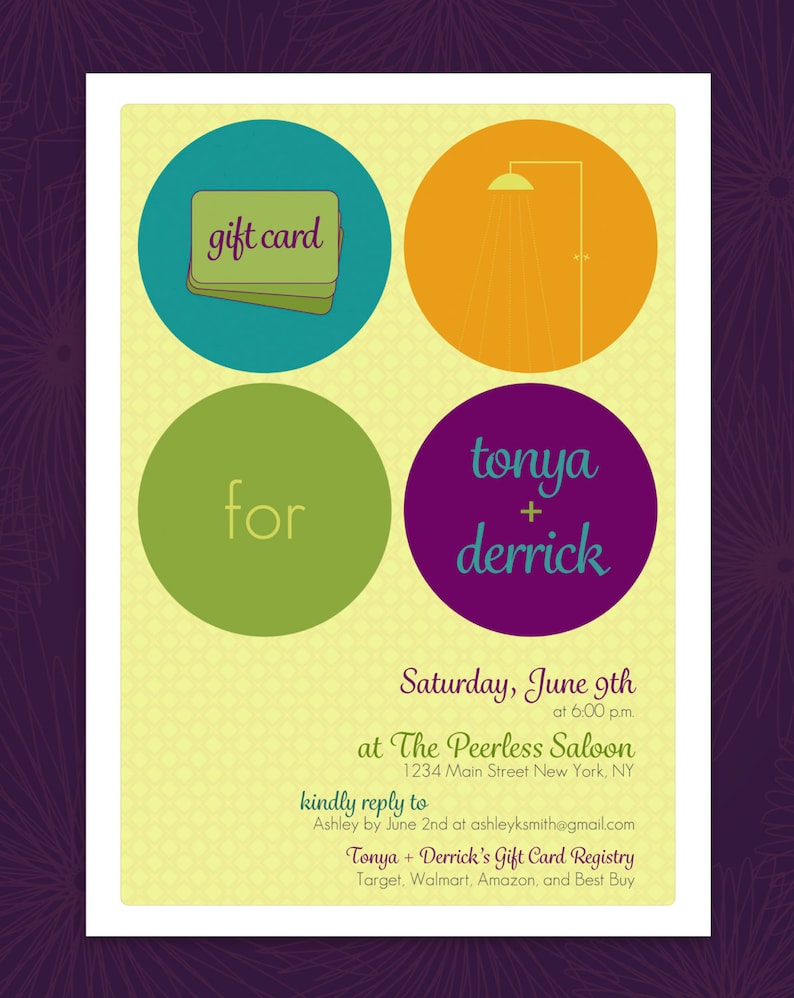Famous Historical Glass Engravers You Ought To Know
Glass engravers have actually been highly skilled artisans and musicians for countless years. The 1700s were specifically significant for their accomplishments and appeal.
As an example, this lead glass cup demonstrates how etching incorporated style patterns like Chinese-style themes into European glass. It also illustrates how the ability of a good engraver can generate illusory depth and visual structure.
Dominik Biemann
In the first quarter of the 19th century the conventional refinery area of north Bohemia was the only area where naive mythological and allegorical scenes etched on glass were still in vogue. The cup pictured here was engraved by Dominik Biemann, that specialized in small portraits on glass and is considered among one of the most vital engravers of his time.
He was the son of a glassworker in Nové Svet and the sibling of Franz Pohl, one more leading engraver of the duration. His job is qualified by a play of light and darkness, which is specifically evident on this goblet showing the etching of stags in timberland. He was additionally recognized for his service porcelain. He passed away in 1857. The MAK Museum in Vienna is home to a large collection of his jobs.
August Bohm
A remarkable Nurnberg engraver of the late 17th century, Bohm collaborated with delicacy and a sense of calligraphy. He inscribed minute landscapes and engravings with bold official scrollwork. His job is a precursor to the neo-renaissance design that was to control Bohemian and other European glass in the 1880s and past.
Bohm accepted a sculptural feeling in both alleviation and intaglio engraving. He exhibited his proficiency of the latter in the finely crosshatched chiaroscuro (tailing) results in this footed goblet and cut cover, which depicts Alexander the Great at the Fight of Granicus River (334 BC) after a affordable custom glass paint by Charles Le Brun. In spite of his considerable ability, he never achieved the popularity and ton of money he looked for. He passed away in penury. His wife was Theresia Dittrich.
Carl Gunther
In spite of his steadfast job, Carl Gunther was a relaxed guy who appreciated spending quality time with family and friends. He loved his everyday ritual of checking out the Collinsville Senior citizen Facility to delight in lunch with his pals, and these moments of sociability offered him with a much required break from his requiring profession.
The 1830s saw something fairly remarkable take place to glass-- it became vivid. Engravers from Meistersdorf and Steinschonau created highly coloured glass, a taste referred to as Biedermeier, to fulfill the demand of Europe's country-house courses.
The Flammarion inscription has come to be a symbol of this brand-new taste and has actually shown up in books dedicated to science in addition to those discovering mysticism. It is additionally found in various gallery collections. It is thought to be the only making it through instance of its kind.
Maurice Marinot
Maurice Marinot (1882-1960) started his occupation as a fauvist painter, yet became interested with glassmaking in 1911 when visiting the Viard siblings' glassworks in Bar-sur-Seine. They offered him a bench and taught him enamelling and glass blowing, which he grasped with supreme ability. He created his own methods, making use of gold streaks and exploiting the bubbles and other all-natural imperfections of the material.
His method was to deal with the glass as a creature and he was one of the first 20th century glassworkers to utilize weight, mass, and the aesthetic result of natural problems as visual elements in his works. The exhibit shows the substantial effect that Marinot had on modern-day glass production. Unfortunately, the Allied battle of Troyes in 1944 damaged his studio and countless illustrations and paints.
Edward Michel
In the early 1800s Joshua introduced a style that resembled the Venetian glass of the period. He used a technique called diamond point engraving, which includes scraping lines into the surface of the glass with a difficult steel carry out.
He additionally created the first threading machine. This invention enabled the application of long, spirally wound tracks of color (called gilding) on the main body of the glass, a crucial attribute of the glass in the Venetian design.
The late 19th century brought brand-new layout concepts to the table. Frederick Kny and William Fritsche both operated at Thomas Webb & Sons, a British firm that concentrated on high quality crystal glass and speciality coloured glass. Their work reflected a preference for classical or mythological subjects.

Comments on “Thanksgiving Table Settings With Engraved Name Glasses”